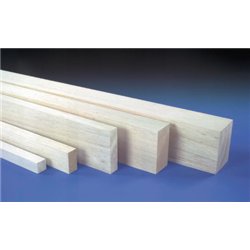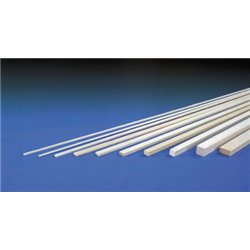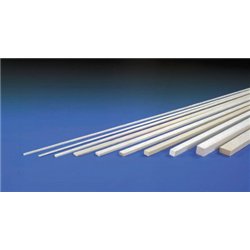Regardless of whether your locomotive uses analogue or DCC to operate, the principles of its motor will be the same,...
No products
Product successfully added to your shopping cart
There are 0 items in your cart. There is 1 item in your cart.
Search Tips
Christmas and New Year
Due to public holidays, orders will be next dispatched on Monday 29th.
If you select next day delivery at checkout, please note deliveries are not made on New Year's Day or Sundays.
The shop in Sandown is closed on Saturday 27th December and will reopen on Tuesday 30th December.
Tuesday 30th: 10am to 4.30pm - Wednesday 31st: 10am to 2.30pm - Thursday 1st: closed - Friday onwards: 10am to 4.30pm.
What is the leading edge of an airplane wing?
The leading edge of an airplane wing is a crucial component in the design and function of an aircraft. It is the frontmost part of the wing that first makes contact with the airflow as the aircraft moves forward. This part of the wing plays a significant role in determining the aerodynamic efficiency of the aircraft, influencing both lift and drag forces during flight.
In aerodynamics, the shape and condition of the leading edge are essential for controlling the flow of air over the wing. A well-designed leading edge helps to ensure smooth airflow, minimising turbulence and thereby reducing drag. This, in turn, allows the aircraft to achieve better fuel efficiency and improved performance. Engineers often focus on refining the leading edge to optimise these characteristics.
The leading edge is also where various aerodynamic devices may be installed to enhance flight performance. For instance, on many modern aircraft, slats are integrated into the leading edge. These are small, movable surfaces that extend during takeoff and landing to increase the wing's lift. By improving the airflow at lower speeds, slats allow the aircraft to safely operate at slower speeds, particularly during the critical phases of takeoff and landing.
Moreover, the leading edge must be robust enough to withstand the environmental challenges of flight. It is exposed to high levels of stress, including impacts with birds, ice, and other debris. To address these challenges, the leading edge is often reinforced with materials such as titanium or composite materials that offer a balance of strength and lightweight properties. In addition, leading-edge de-icing systems are commonly installed to prevent the formation of ice, which could disrupt airflow and reduce the wing's effectiveness.
Another aspect of the leading edge’s importance is its role in stall prevention. The angle of attack—the angle between the wing and the oncoming air—affects how the air flows over the wing. If the angle becomes too steep, the airflow can separate from the wing's surface, leading to a stall. Some aircraft designs incorporate a swept or rounded leading edge to delay this separation and maintain lift over a wider range of angles of attack, thus enhancing the aircraft's safety and handling characteristics.
In summary, the leading edge of an airplane wing is not merely a structural component but a critical element in the overall aerodynamic performance of an aircraft. From influencing lift and drag to incorporating safety features like slats and de-icing systems, the leading edge is integral to both the efficiency and safety of flight. Whether in commercial airliners or advanced military aircraft, its design and maintenance remain key priorities in aviation engineering.
Click here to receive the tips weekly in your mailbox. You can unsubscribe at any time.










